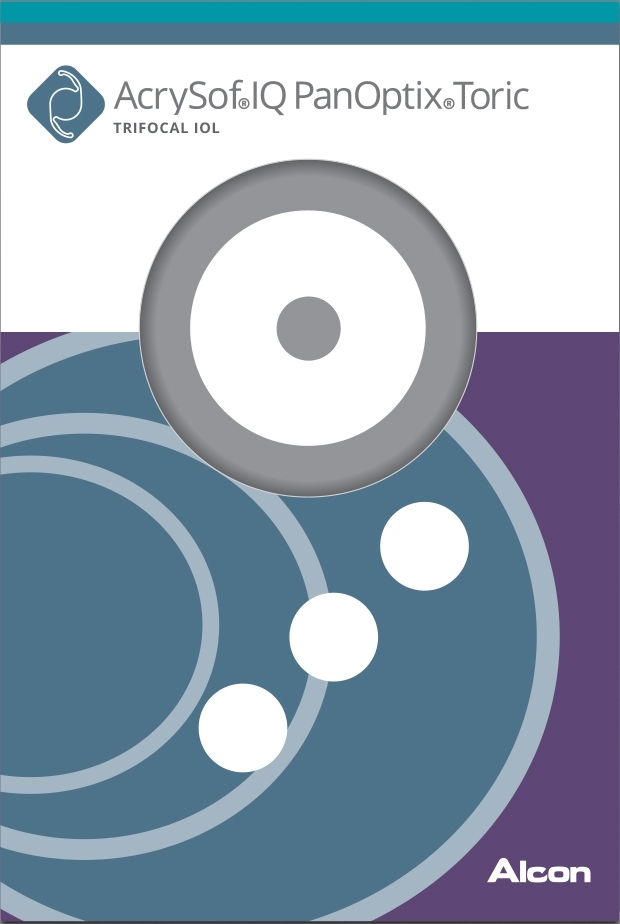Posted by: Carolinas Center for Sight in Cataract Surgery
As we age, our eyes go through natural changes that can sometimes affect our quality of vision. While some diseases can be caused by specific medical factors, cataracts typically develop later in life no matter how healthy you are. For most, cataracts reach a stage where seeing clearly isn’t achievable through eyewear alone, and cataract surgery is often recommended to improve one’s sight – and quality of life.
But of the many options associated with cataract surgery, how do you know which one is right for you? Let’s take a brief look at what the procedure entails and which types of vision correction might best meet your needs.
Intraocular Lenses 101
Since cataracts occur when the lens of our eye becomes cloudy and rigid, the goal of surgical correction is to remove your natural lens and replace it with one called an intraocular lens. Decades ago, this was accomplished with varying degrees of success, as some patients possessed more advanced visual needs that simply couldn’t be met at the time.
Today, cataract surgery is a simple and quick procedure and allows you to select the IOL that will work best for your lifestyle. Rather than only clearing up your far or near vision alone, you now have the opportunity to select from multifocals, trifocals, monofocal options, and even toric lenses that correct for astigmatism.

Which Lens Is For You?
Keep in mind, your ophthalmologist will help you to determine which IOL is best for your needs, but it’s important for you to have a general understanding of your options before you schedule your surgery:
- Multifocal lenses – Just as their name describes, a multifocal lens will help you to focus at a variety of distances. Most people who undergo cataract surgery need vision correction for both near and far, and lenses by Alcon tend to be a favorite of those who require sharp visual acuity for all of their daily activities.
- Trifocal options – While you’d think a trifocal is just another name for a multifocal IOL, these types of implants, like Alcon’s PanOptix, are the only ones to provide the best viewing experience possible. The PanOptix is the first trifocal IOL in the United States and can correct even the most challenging visual needs.
- Monofocal IOLs – Before patients had access to today’s technology, a common option was to select a monofocal lens solution. In these instances, you might correct one of your eyes for distance and one for near, depending on your lifestyle, however the learning curve with this option tended to be rather steep.
- Toric correction – When the curvature of your lens is irregular, you may end up with blurred vision due to astigmatism.Cataract implants several decades ago weren’t nearly as successful in dealing with this type of visual element, yet today’s toric lenses can address astigmatism with ease.
Your Next Steps
Cataract surgery has advanced so rapidly in recent years that what was once a significant procedure is now an efficient option to dramatically improve your vision. Keep in mind that you don’t have to approach your surgery with all of the answers, as your ophthalmologist will help you to determine the best lens for your lifestyle. However, thanks to the range of options provided by Alcon and the success rate of the PanOptix Trifocal IOL in particular, you’ll come away from cataract surgery with a new lease on life!